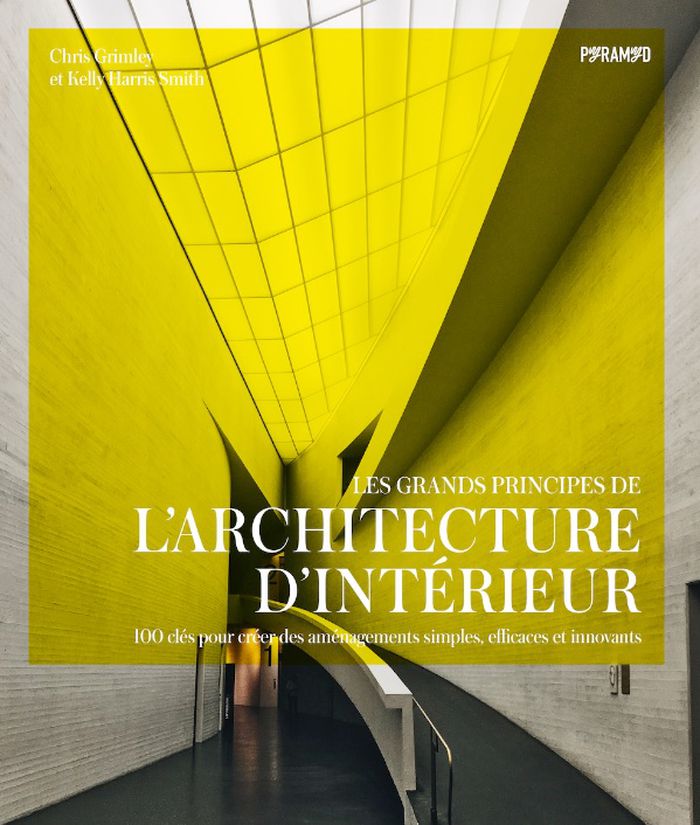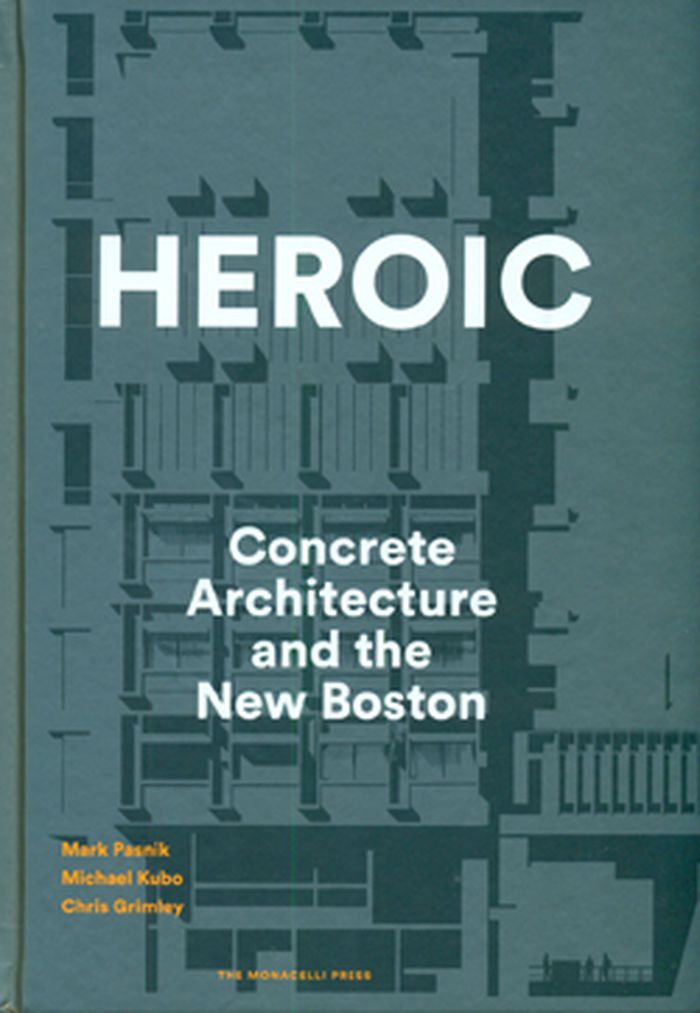$52.95
(disponible en magasin)
Résumé:
Entrée en matière idéale dans la discipline, « Les grands principes de l'architecture d'intérieur » présente cent concepts fondamentaux, assortis d'explications claires et d'illustrations pratiques. De la composition à l'acoustique, en passant par la décoration et la texture, il balaie les notions qu'un architecte d'intérieur doit maîtriser pour travailler sur des(...)
Les grands principes de l'architecture d'intérieure
Actions:
Prix:
$52.95
(disponible en magasin)
Résumé:
Entrée en matière idéale dans la discipline, « Les grands principes de l'architecture d'intérieur » présente cent concepts fondamentaux, assortis d'explications claires et d'illustrations pratiques. De la composition à l'acoustique, en passant par la décoration et la texture, il balaie les notions qu'un architecte d'intérieur doit maîtriser pour travailler sur des aménagements de logements, de commerces, de lieux culturels, de bâtiments de service public.
Design d’intérieur
$58.00
(disponible sur commande)
Résumé:
The period from the 1960 arrival of Edward J. Logue as the powerful and often controversial director of the Boston Redevelopment Authority to the reopening of Quincy Market in 1976 saw Boston as an urban laboratory for the exploration of concrete’s structural and sculptural qualities. What emerged was a vision for the city’s widespread revitalization often referred to as(...)
Heroic: concrete architecture and the new Boston
Actions:
Prix:
$58.00
(disponible sur commande)
Résumé:
The period from the 1960 arrival of Edward J. Logue as the powerful and often controversial director of the Boston Redevelopment Authority to the reopening of Quincy Market in 1976 saw Boston as an urban laboratory for the exploration of concrete’s structural and sculptural qualities. What emerged was a vision for the city’s widespread revitalization often referred to as the “New Boston.” Today, when concrete buildings across the nation are in danger of insensitive renovation or demolition, Heroic presents the concrete structures that defined Boston during this remarkable period—from the well-known (Boston City Hall, New England Aquarium, and cornerstones of the Massachusetts Institute of Technology and Harvard University) to the already lost — with hundreds of images; essays by architectural historians Joan Ockman, Lizabeth Cohen, Keith N. Morgan, and Douglass Shand-Tucci; and interviews with a number of the architects themselves.
$66.00
(disponible sur commande)
Résumé:
In the 1950s and ’60s an ambitious program of urban revitalization transformed Pittsburgh and became a model for other American cities. Leaders, civic groups, and architects worked together to reconceive the city through local and federal initiatives that aimed to address the problems that confronted Pittsburgh’s postwar development. 'Imagining the Modern' untangles this(...)
Imagining the modern: architecture and urbanism of the Pittsburgh Renaissance
Actions:
Prix:
$66.00
(disponible sur commande)
Résumé:
In the 1950s and ’60s an ambitious program of urban revitalization transformed Pittsburgh and became a model for other American cities. Leaders, civic groups, and architects worked together to reconceive the city through local and federal initiatives that aimed to address the problems that confronted Pittsburgh’s postwar development. 'Imagining the Modern' untangles this complicated relationship with modern architecture and planning through a history of Pittsburgh’s major sites, protagonists, and voices of intervention.
Modernisme


